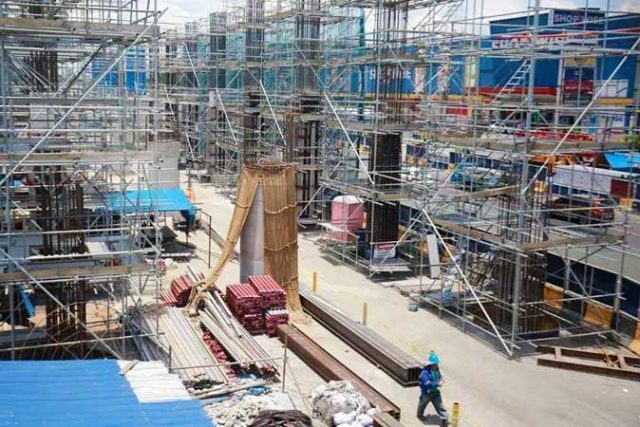August 12, 2021 | 8:26 pm
The current account deficit is likely to widen starting in 2022, pressing home the need for reforms to attract more foreign direct investment (FDI) rather than more transitory forms of inflows, Fitch Solutions Country Risk and Industry Research said.
“Policymakers will have to manage the economy’s external financing needs over the long term, with a need for foreign direct investment (FDI) over ‘hot money’ inflows for economic stability,” it said in a note Thursday.
Hot money or foreign portfolio investment tends to enter and leave an economy with fewer constraints, unlike FDI, which results in the establishment of fixed assets, which are not easily abandoned.
Fitch Solutions said it expects the current account to remain in surplus this year equivalent to 1.3% of gross domestic product (GDP), much less than the 3.6% surplus last year. The thinning of the surplus this year will be due to the moderate recovery in import demand.
The central bank expects the current to post a $10-billion surplus this year, equivalent to 2.5% of GDP.
The current account was in surplus by $12.979 billion in 2020, a turnaround from the $3.047-billion deficit in 2019.
Last year’s surplus was the highest since at least 2005 mainly due to the import slump as restrictions hampered the movement of goods during the pandemic.
“However, as the economy gradually climbs back to pre-pandemic output levels in 2022, we anticipate the current account to slip back into deficit,” Fitch Solutions said.
“Over the coming years we forecast this deficit to widen as demand for goods imports rebound, driven in particular for a rising need for commodity imports as the country’s infrastructure needs to grow,” it added.
For 2021, the government is targeting infrastructure spending of P1.02 trillion. It expects spending on the sector of P1.29 trillion and P1.28 trillion in the next two years, respectively.
Remittance flows and exports could be offsetting factors. Fitch Solutions noted that how much exports will mitigate any deficits will depend on how industry is spurred by expected improvements in infrastructure and the effectiveness of reforms.
The report noted that remittances are expected to be buoyed by heightened demand for healthcare workers and caregivers for the elderly. It added that “high domestic unemployment rates” may also spur migration.
With the country likely to run a wider current account deficit due to imports for the infrastructure program, Fitch Solutions said the reliance on external financing will be greater. The report noted how the government is already pushing for reforms to relax foreign ownership restrictions and attract more FDI.
The amendments to the Public Service Act and the Foreign Investment Act are still pending in the Senate, while the Bicameral Conference Committee has not yet finalized the revised Retail Trade Liberalization Act. These bills are expected to drive foreign investment growth.
Meanwhile, Fitch Solutions noted the low level of foreign ownership in peso-denominated government bonds.
“Low foreign ownership of local-currency government bonds — at an estimated 2.9% as of end-2020, compared to 13.6% in Thailand and 9.7% in China — could increase over time, as the Philippines’ growth outperforms regional peers over the next decade,” it said.
Fitch Solutions on Wednesday reduced its GDP growth forecast for the Philippines this year to 4.2% from 5.3% previously. It said the emergence of more infectious coronavirus variants and muted consumption due to the Metro Manila lockdown could hinder the recovery. — Luz Wendy T. Noble
Source: https://www.bworldonline.com/more-fdi-seen-needed-to-plug-current-account-deficit-by-2022/


